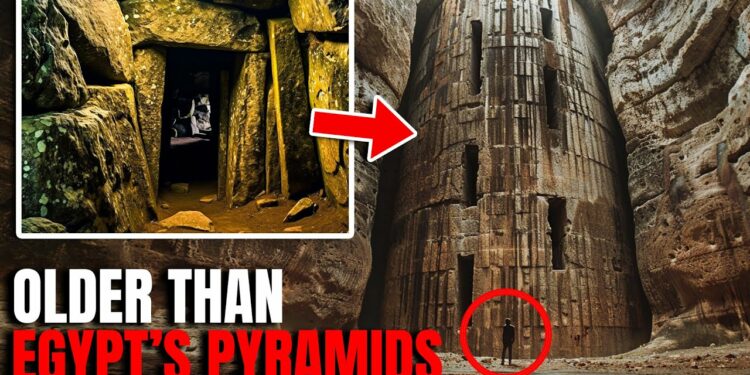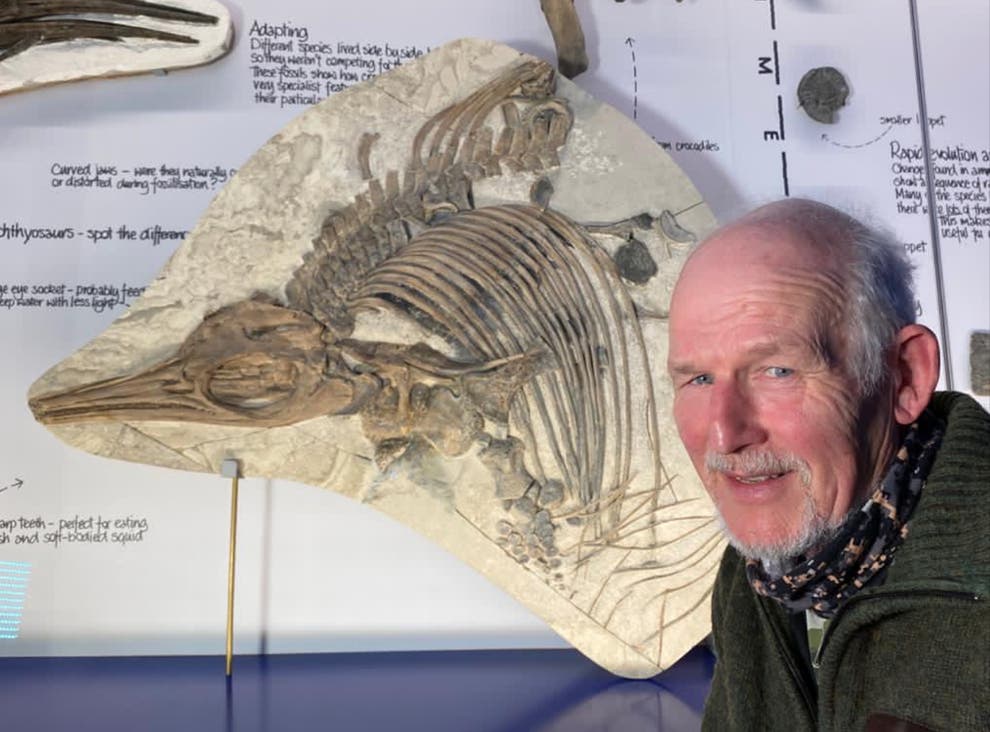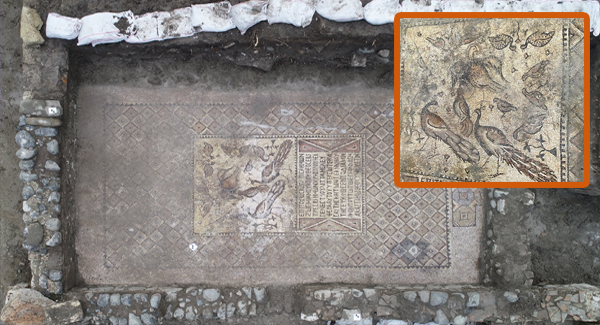Indian civilization, with roots stretching back at least 5,000 years, is among the world’s most ancient. The Kailasa Temple, part of the Ellora Caves in Maharashtra, exemplifies this legacy. Carved in the 8th century under the Rashtrakuta dynasty’s King Krishna I, this monolithic marvel, known as Cave 16, was hewn top-down from a single massive rock, embodying extraordinary engineering and devotion to Lord Shiva. Unlike traditional construction, this temple, resembling Mount Kailasa, required removing 200,000 tons of basalt, showcasing meticulous planning and craftsmanship. Its multi-storied design, adorned with intricate carvings of Hindu mythology, stands as a testament to the Rashtrakutas’ artistic and architectural prowess.
The Ellora Caves, spanning 600–1000 CE, blend Buddhist, Hindu, and Jain heritage, with Kailasa as the pinnacle. Discovered in 1819 by British officer Captain John Smith, the site, hidden by overgrown vegetation, revealed India’s ancient sophistication. Smith’s act of inscribing his name on a pillar, though now seen as vandalism, marked its European rediscovery. The Archaeological Survey of India, established in 1861, later preserved the site, with scholars like James Burgess and Gulam Yazdani documenting its sculptures and architecture, ensuring its legacy as a UNESCO World Heritage site.
The temple’s construction raises questions. Its precision, scale, and drainage systems to combat monsoons suggest advanced engineering, possibly involving thousands of laborers over generations. Some speculate extraterrestrial or lost technologies, though mainstream scholars attribute it to human ingenuity, citing similar rock-cut techniques across ancient India. Theories of secret tunnels or celestial alignments with solstices remain unproven but fuel fascination, highlighting the temple’s enduring mystery.
Dwarka: The Submerged City of Krishna
Dwarka, a legendary city tied to Lord Krishna, exemplifies ancient India’s urban sophistication. Described in the Mahabharata and Bhagavata Purana, it was strategically built on Gujarat’s coast, leveraging the Gumati River and Arabian Sea for trade and defense. Its planned streets, drainage systems, and fortifications reflect advanced urban planning, attributed to the divine architect Vishwakarma. Archaeological dives off modern Dwarka have uncovered submerged structures—walls, pillars, and steps—dated to the second millennium BCE, aligning with Krishna’s era. These findings, supported by sonar and radiocarbon dating, suggest a prosperous city that may have succumbed to rising sea levels or tectonic shifts.
Dwarka’s artifacts, including seals and pottery, indicate a vibrant trade hub connecting with distant civilizations. Its submergence, possibly marking the onset of Kali Yuga, blends myth with history, symbolizing the impermanence of even the grandest creations. The absence of evidence for the discredited Aryan invasion theory supports a gradual decline due to environmental and economic pressures.
Mohenjo-Daro and Harappa: Indus Valley Marvels
Mohenjo-Daro and Harappa, key sites of the Indus Valley Civilization (2600–1900 BCE), showcase advanced urban planning. Discovered in the 1920s by archaeologists like R.D. Banerjee and Sir John Marshall, Mohenjo-Daro in Sindh, Pakistan, featured a grid layout, sophisticated drainage with baked-brick channels, and the Great Bath—a watertight pool for ritual purification. Harappa, in Punjab, boasted similar infrastructure, with wide streets, granaries, and standardized bricks, reflecting centralized governance and engineering.
Artifacts like the bronze “Dancing Girl” and “Priest-King” statue reveal artistic and metallurgical skill, while seals suggest a complex economy. The civilization’s decline, likely due to erratic monsoons, river shifts, and earthquakes, disrupted agriculture and trade. The absence of invasion evidence points to internal stressors, not external conquest.
Tiwanaku and Puma Punku: Andean Enigmas
In Bolivia, near Lake Titicaca, Tiwanaku and Puma Punku (300–1000 CE) highlight pre-Columbian ingenuity. Tiwanaku’s Akapana Pyramid, with its drainage system, and the Gateway of the Sun, carved from a single andesite block, reflect advanced engineering and astronomical knowledge. Puma Punku’s precisely cut H-shaped blocks, some weighing over 100 tons, suggest sophisticated stonework, possibly using bronze tools or abrasive techniques. Theories of lost technologies or extraterrestrial aid, though speculative, arise from the blocks’ precision, unmatched even by modern standards. Stones were likely transported via sleds or rafts, leveraging Lake Titicaca’s proximity.
Barabar Caves: Acoustic and Architectural Wonders
The Barabar Caves in Bihar, dating to the 3rd century BCE under Emperor Ashoka, are India’s oldest surviving rock-cut caves. Carved into granite with mirror-like precision, their smooth walls and acoustic resonance, especially in the Lomas Rishi Cave, suggest advanced techniques. Used by Ajivika ascetics, their purpose—meditation, acoustics, or metallurgy experiments—remains debated. Inscriptions reflect Ashoka’s shift to non-violence, while comparisons with sites like Malta’s Hypogeum hint at a global understanding of sound and stonework.
Reflections on Ancient Civilizations
These sites challenge modern assumptions about ancient capabilities. While some propose extraterrestrial or lost technologies, mainstream archaeology credits human ingenuity, supported by evidence of tools and techniques. Their precision, urban planning, and cultural richness reveal interconnected societies with advanced knowledge in engineering, astronomy, and metallurgy, urging a reconsideration of history’s depth and complexity.























